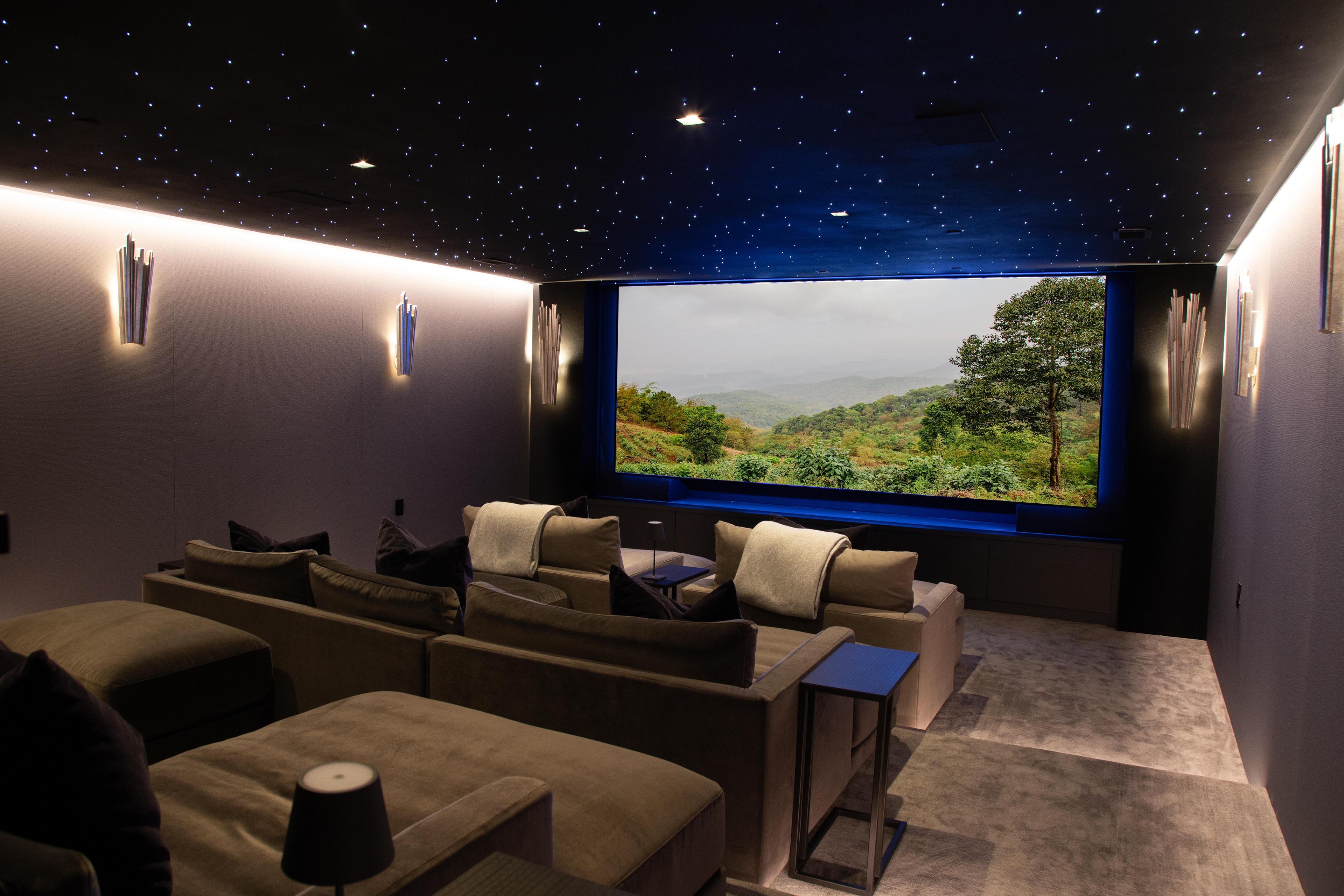In the ever-evolving world of marketing photography, staying ahead of the curve is crucial. As we move into 2025, several key trends are reshaping how businesses connect with their audiences. From artificial intelligence to the growing demand for authenticity, these shifts are redefining visual storytelling and brand engagement.
1. AI-Powered Marketing: The Game-Changer
Artificial intelligence is no longer a futuristic concept—it’s actively transforming the marketing landscape. AI-driven tools are revolutionizing content creation, automating social media management, and refining customer interactions. From AI-generated visuals to intelligent algorithms that optimize ad performance, businesses are leveraging AI to personalize campaigns, analyze engagement, and streamline workflows.
For photographers and marketers alike, AI offers new possibilities, from auto-enhancing images to generating background elements for product photography. However, while AI can be a powerful tool, it’s important to balance automation with the human touch that makes marketing photography truly resonate.
2. The Rise of Short-Form Video Content
The dominance of platforms like TikTok, Instagram Reels, and YouTube Shorts has cemented short-form video as a leading content format. Studies show that attention spans are shrinking, making quick, engaging videos the ideal way to capture interest.
Brands are increasingly integrating professional photography into their video marketing efforts, using high-quality still images within fast-paced video edits. Combining motion with strong visuals creates compelling narratives that keep audiences engaged. Businesses looking to stay competitive should consider how short-form video can complement their existing photography and enhance their digital presence.
3. Authenticity and Transparency: Building Trust Through Imagery
In a world where consumers are more skeptical than ever, authenticity is key. Today’s audiences value brands that are open about their values, operations, and the people behind the business.
This shift has placed greater emphasis on natural, unfiltered photography. While polished images still have their place, many companies are opting for candid, behind-the-scenes shots that reflect their true identity. Whether it’s showcasing real employees, highlighting everyday moments, or capturing unscripted interactions, authentic visuals help build trust and foster deeper connections with audiences.
4. Visual Storytelling: Creating Emotional Connections
High-quality, professional photography remains at the heart of effective brand storytelling. But in 2025, it’s not just about capturing aesthetically pleasing images—it’s about weaving a narrative that resonates.
Visual storytelling allows brands to invite their audience into a journey, whether through a series of images that tell a brand’s history or striking portraits that showcase leadership and culture. The key is to ensure that every photo has a purpose, evoking emotion and reinforcing a brand’s identity.
5. User-Generated Content (UGC) Meets Professional Photography
User-generated content continues to gain momentum, with customers, influencers, and brand advocates playing a larger role in marketing efforts. UGC adds an element of relatability and social proof that professional photography alone may not achieve.
However, the best marketing strategies balance UGC with high-quality visuals. Businesses that combine customer-submitted content with professionally shot imagery create a cohesive yet approachable brand presence. This hybrid approach allows companies to maintain a polished look while also embracing the authenticity that today’s consumers crave.
6. The Evolution of Product Photography in E-Commerce
With e-commerce sales continuing to rise, product photography is more important than ever. Consumers expect a richer online shopping experience, and businesses are responding with innovative visual techniques.
360-degree photography, interactive images, and augmented reality (AR) tools are becoming increasingly popular, allowing customers to view products from every angle before making a purchase. Professional product photography is no longer just about showcasing an item—it’s about creating an immersive experience that mimics in-store browsing.
The Future of Marketing Photography: Where Do You Stand?
As we look ahead to 2025, one thing is clear: the marketing photography landscape is evolving rapidly. The key to success lies in balancing cutting-edge technology with genuine authenticity. Whether through AI-driven strategies, short-form videos, or compelling brand storytelling, businesses that adapt to these trends will strengthen their connection with their audience.
If you’re ready to elevate your brand’s visual presence, now is the time to invest in professional photography that aligns with these emerging trends. Let’s work together to create imagery that not only captures attention but also builds lasting trust.









Sources:
https://ppbnonline.com/marketing-trends/
https://www.kellyheckphotography.com/top-marketing-trends-for-2025-how-smbs-can-leverage-professional-photography/


